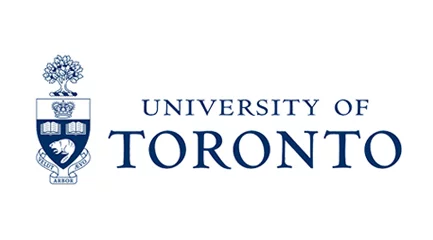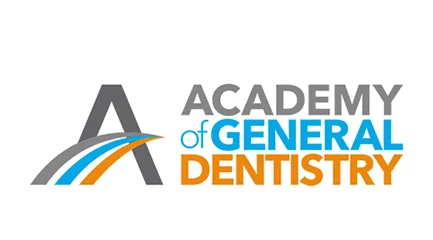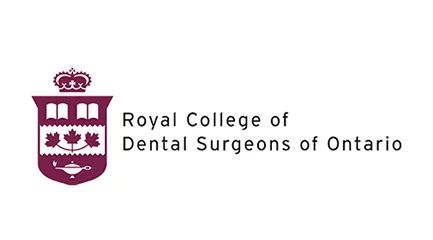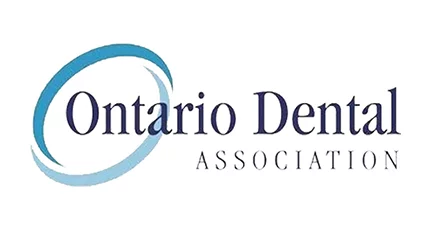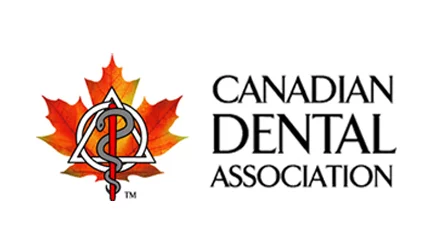CONVENTIONAL ORTHODONTICS FOR CHILDREN AND ADULTS
Orthodontic treatment plays a crucial role in correcting teeth and jaw misalignments. Crooked or poorly aligned teeth not only affect your smile but are also harder to clean—putting them at greater risk for tooth decay, gum disease, and even early tooth loss.
Misaligned teeth can also strain chewing muscles and the temporomandibular joint (TMJ), leading to discomfort or more serious complications. The benefits of orthodontic care include a more attractive smile, improved oral hygiene, and stronger, longer-lasting teeth.
At Ingersoll Dental Centre, we use a variety of diagnostic tools—such as clinical exams, dental impressions (plaster models), and advanced radiographs—to determine the most effective treatment for your individual needs.
Contact Us to Book an Appointment! Call (519) 485-4951 or Click here
BEST AGE TO GET AN ORTHODONTIC TREATMENT
Orthodontic care is effective at any age, but the ideal time for braces is between 11 to 14 years, when the jaw, mouth, and head are still developing. Early intervention can make treatment faster and more effective.
However, orthodontics isn’t just for children. Adults can also benefit from braces and other treatments to correct dental irregularities. Today, more adults are seeking orthodontic care to improve their smile, oral function, and overall confidence.
Orthodontic treatments are used to address a wide range of issues, including:
- Overcrowded teeth
- Gapped teeth
- Open bite
- Overbite
- Underbite
- Jaw misalignments
- Hypodontia (missing teeth)
- Temporomandibular disorders (TMD)
Early treatment is essential. Untreated orthodontic issues can lead to more serious oral and general health problems over time. Don’t wait—the sooner you seek care, the better the outcome.
If you live in the Toronto area, Ingersoll Dental Care offers personalized solutions from a team of skilled, experienced dentists who are passionate about helping patients achieve straight, healthy smiles.
TYPES OF ORTHODONTIC TREATMENTS
Before starting any treatment, we conduct a full diagnostic workup—including X-rays, radiographs, and a review of your dental and medical history—to ensure the treatment is tailored precisely to your needs.
Here are the main orthodontic options available at Ingersoll Dental Care:
1. BRACES
Traditional metal braces use brackets, archwires, and bands to gradually move teeth into alignment. Monthly adjustments guide your teeth into the desired position.
Braces are most effective in younger patients, but they can be successful at any age. Treatment typically lasts 12 to 24 months, followed by the use of a retainer to maintain the results long-term.
2. CLEAR ALIGNERS
Clear aligners offer a discreet alternative to traditional braces. These custom-made, removable trays are nearly invisible and designed to move teeth over time.
Patients wear a series of aligners, switching to a new set every few weeks. The total number depends on the severity of the dental misalignment. Aligners are convenient, comfortable, and easy to clean—ideal for both teens and adults.
3. RETAINERS
Retainers are usually worn after braces or aligner treatment to prevent teeth from shifting back. They are custom-made to fit your mouth and help maintain your new smile.
DIFFERENCE BETWEEN CHILDREN AND ADULT’S ORTHODONTICS
Orthodontic treatments can correct the oral problems of people of all age groups, whether they are children or adults. With advanced developments in the field of orthodontics, adults are also showing keen interest in improving their oral health. However, there are some slight differences in children’s and adults’ orthodontics.
The most significant difference between adult’s and children’s orthodontic treatments are:
- Age-Related Considerations
- Bite Correction Concerns
- Tooth Extraction Issues
- Root Resorption Risk
- Bite Corrections
- Psychological and Social Considerations
Dentists keep these factors in mind while treating patients from different age groups. The main purpose of conventional orthodontics is to eliminate the oral imperfections of people, irrespective of their age and restore their smiles so that they can laugh or speak confidently, with freedom.

